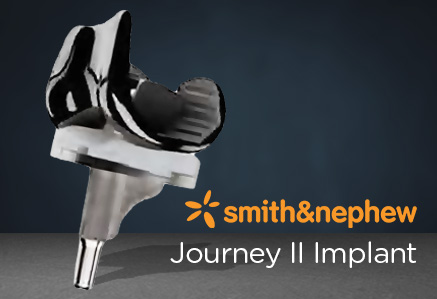Partial Knee Resurfacing
The knee joint is formed by the ends of 3 bones: the lower end of the thigh bone (femur), the upper end of the shin bone (tibia), and the knee cap (patella).
Thick, tough tissue bands called ligaments connect the bones and stabilize the joint. A smooth, plastic-like lining called cartilage covers the ends of the bones and prevents them from rubbing against each other, allowing for flexible and nearly frictionless movement.
Cartilage also serves as a shock absorber, cushioning the bones from the forces between them. Finally, a soft tissue called synovium lines the joint and produces a lubricating fluid that reduces friction and wear.
Treatment
Partial knee replacement (resurfacing) is a small-incision procedure that can greatly benefit people who have arthritis in only one compartment of the knee.
Instead of replacing the entire knee, partial knee replacement (resurfacing) replaces only the side of the knee damaged by arthritis.
The incision is small, there’s less pain, faster recovery and most patients are walking within 2-3 days.
The procedure is performed through a four to six inch incision over the knee.
In many cases, patients are permitted to walk soon after surgery, drive a car within a few weeks and return to normal daily activities shortly thereafter.
Treatment Highlights






